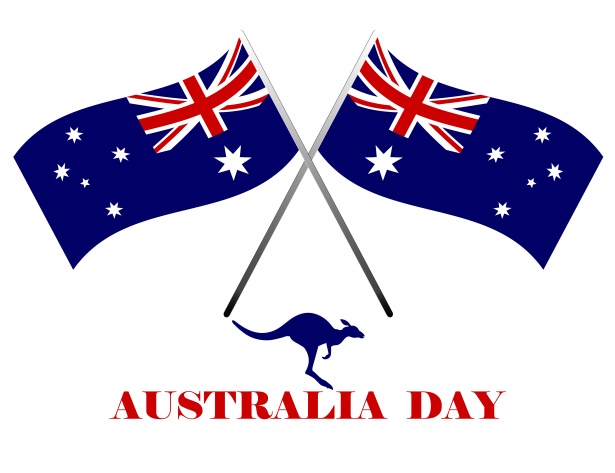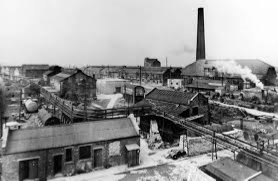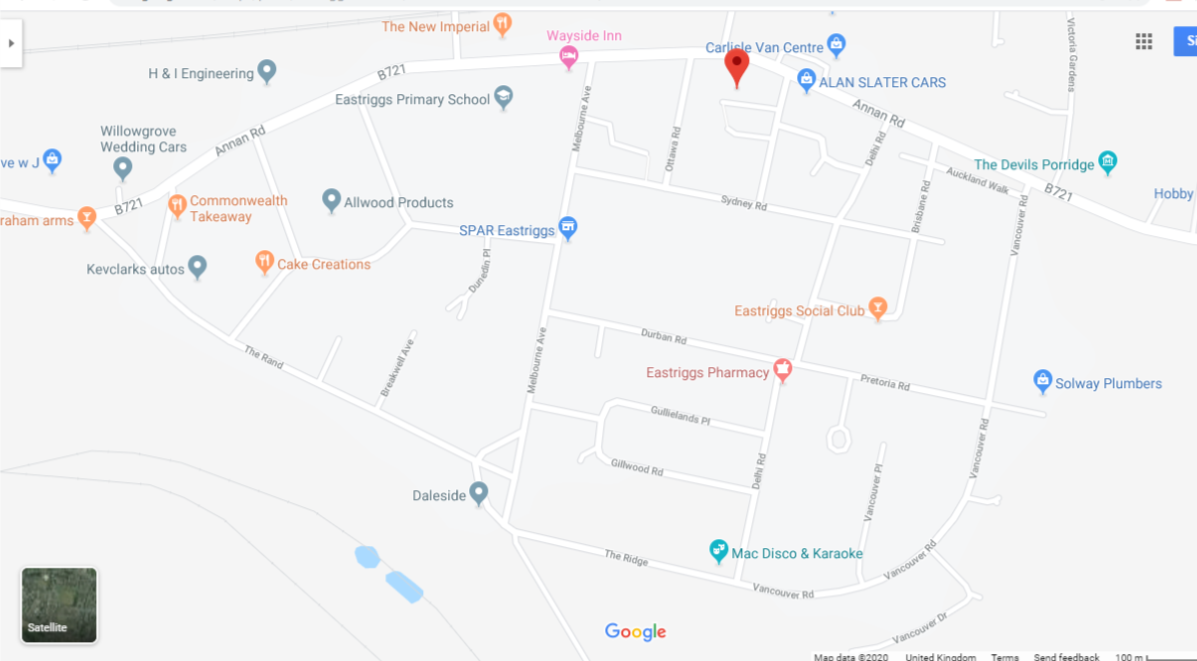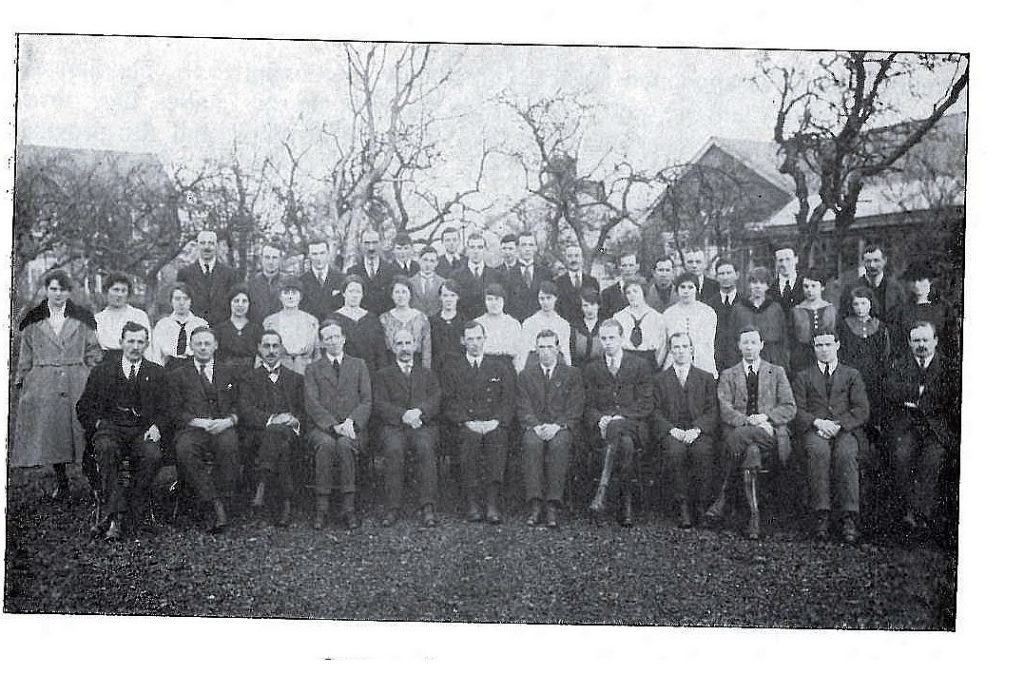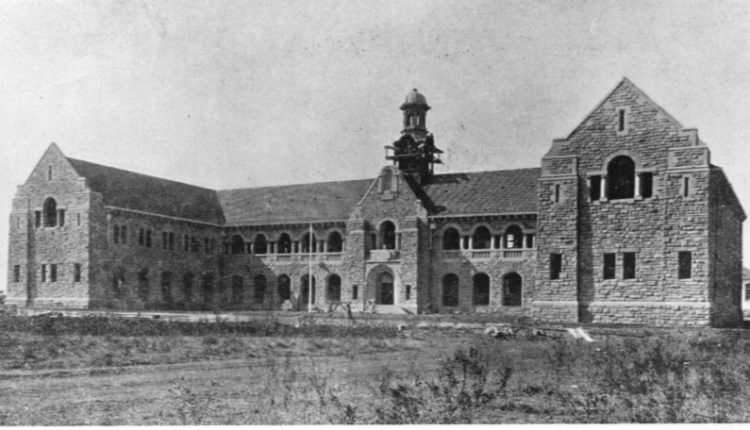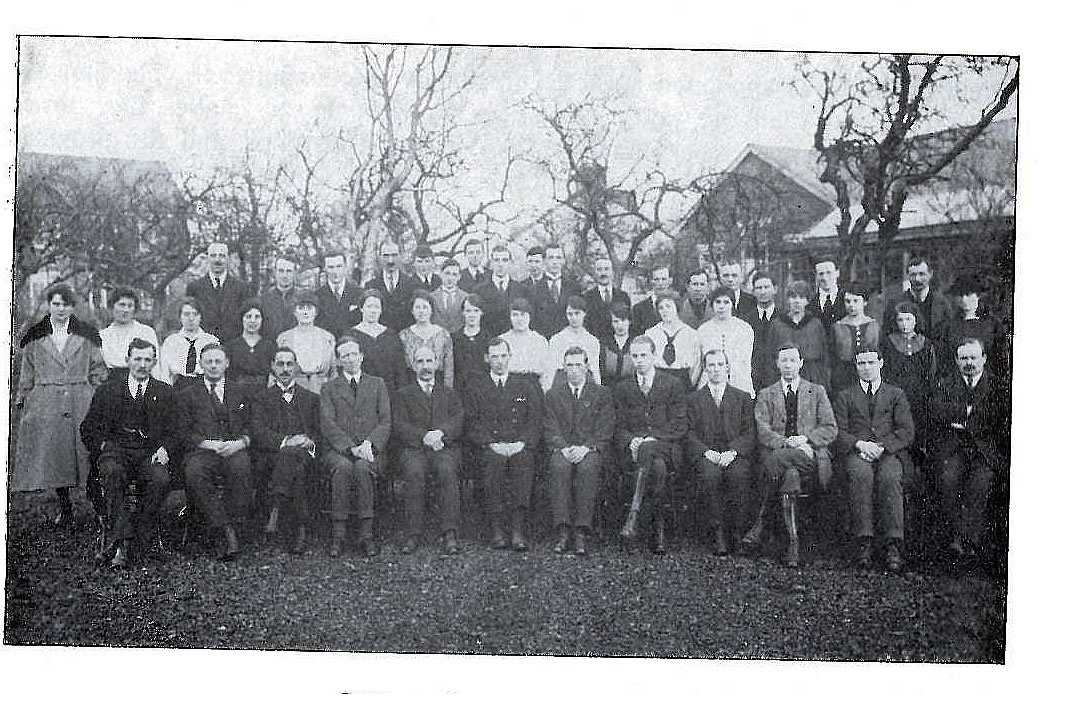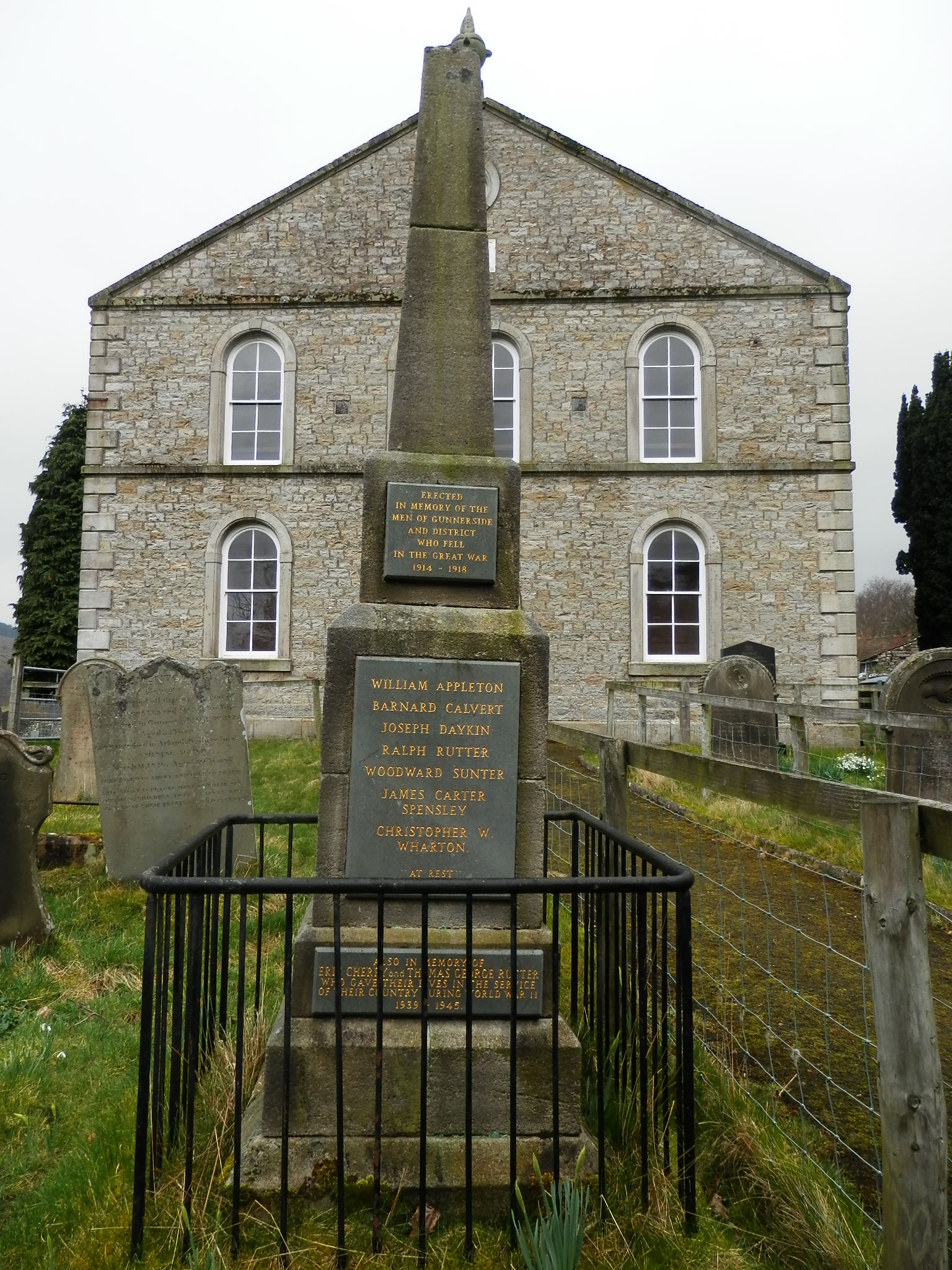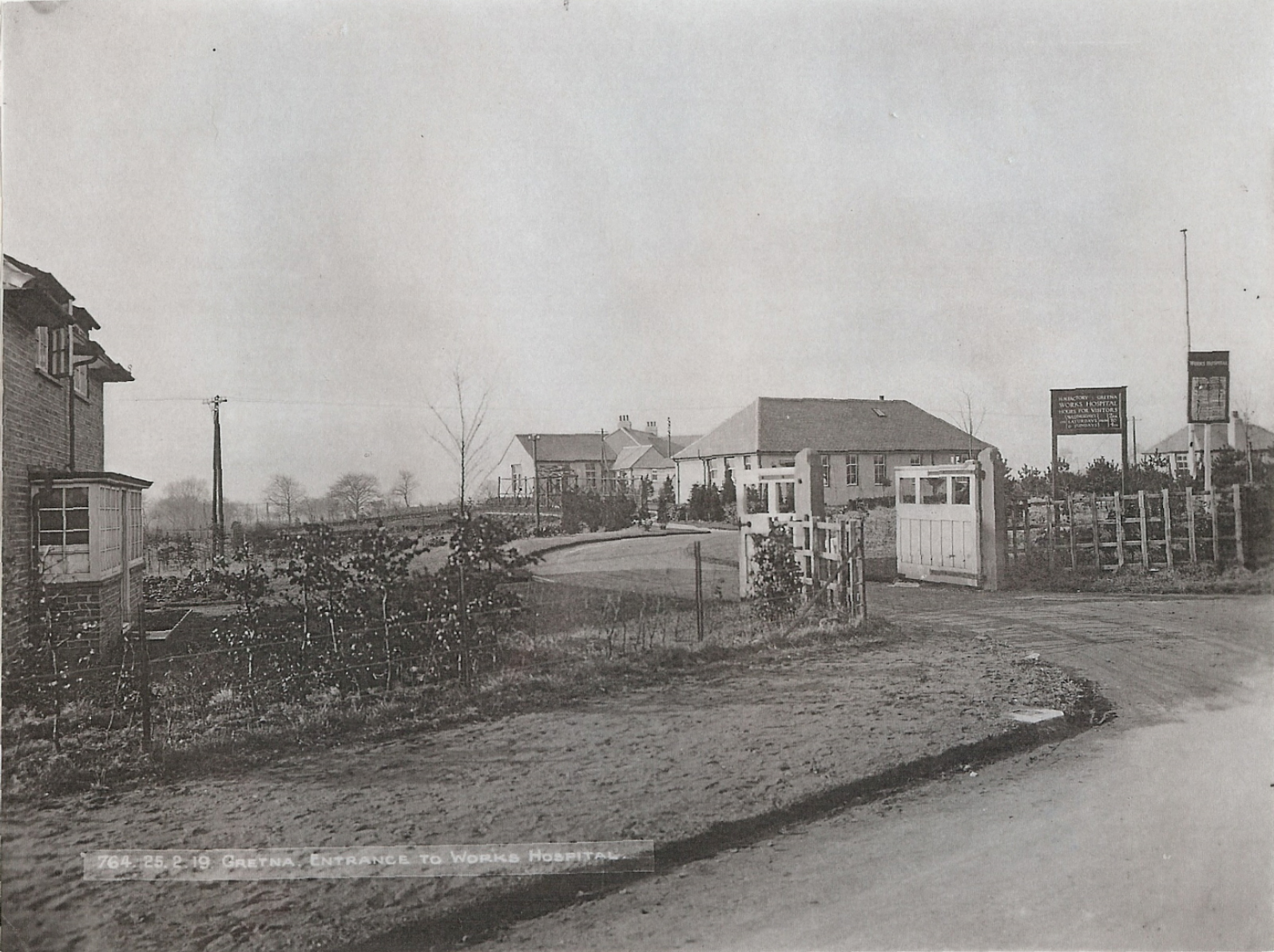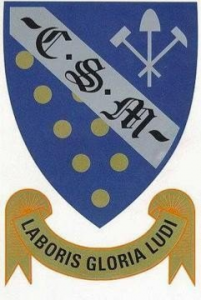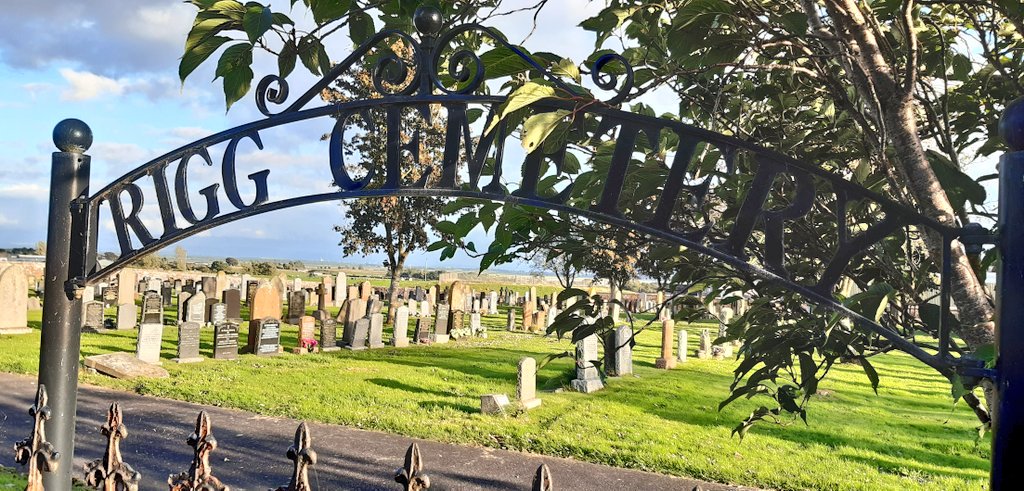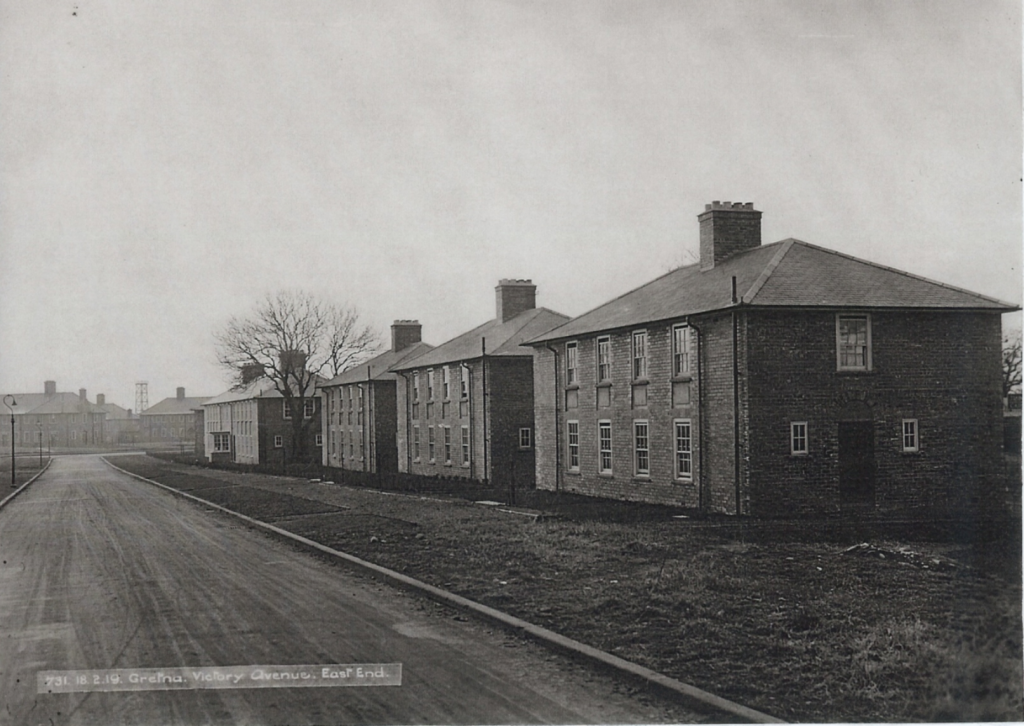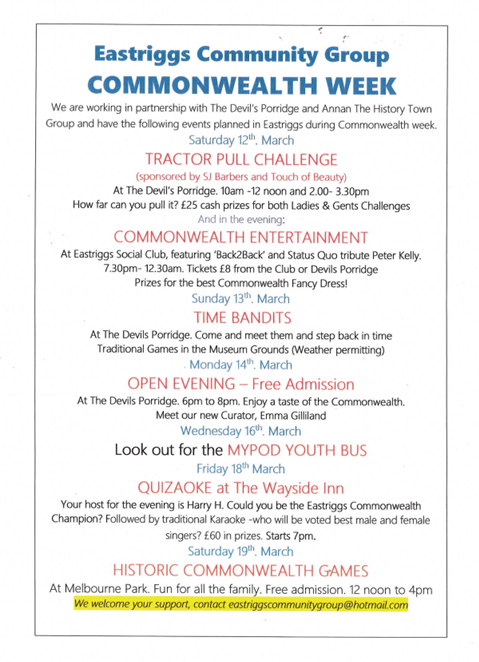
Eastriggs the Commonwealth Village is coming together to celebrate Commonwealth Week from March 12th to March 19th 2022. A number of local organisations are coming together to put on an impressive array of activities over that period. Read more about all the events that will be happening below.
Saturday 12th March
Tractor Pull Challenge

10am – 12 noon and 2.00pm – 3.30pm
A Tractor Pull Challenge sponsered by SJ Barbers and Touch of Beauty will be happening at The Devil’s Porridge Museum. Why not come and see how far you can pull it? There’s a £25 cash prize for both Ladies and Gents challenges.
Commonwealth Entertainment
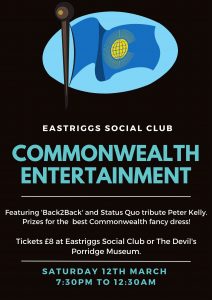
7:30pm – 12:30am
At Eastriggs Social Club, featuring ‘Back2Back’ and Status Quo tribute Peter Kelly. Tickets £8 from the Club or The Devil’s Porridge Museum. There will be prizes for the best Commonwealth fancy dress!
Sunday 13th March
The Time Bandits
10am – 4pm
Learn all about life in World War One with living history performers The Time Bandits at The Devil’s Porridge Museum.
Booking online to visit the Museum is essential to avoid disappointment when we are busy. You can book your visit to the museum here: https://www.devilsporridge.org.uk/product/tickets
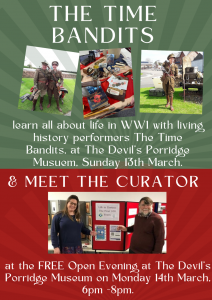
Monday 14th March
Meet the Curator
6pm – 8pm
There will be a FREE open evening at The Devil’s Porridge Museum where you can meet Emma Gilliland, the new Curator, and enjoy tastes of the Commonwealth.
Wednesday 16th March
Look out for MyPod Youth Bus!
Friday 18th March
Quizaoke

Starts 7pm at The Wayside Inn.
Your host for the evening is Harry H. Could you be the Eastriggs Commonwealth Champion? Followed by traditional karaoke – who will be voted the best male and female singers? £60 in prizes.
Saturday 19th March
Eastriggs Historic Commonwealth Games.
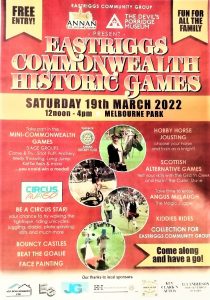
12 noon – 4pm
Free admission and fun for all the family at Melbourn park!

